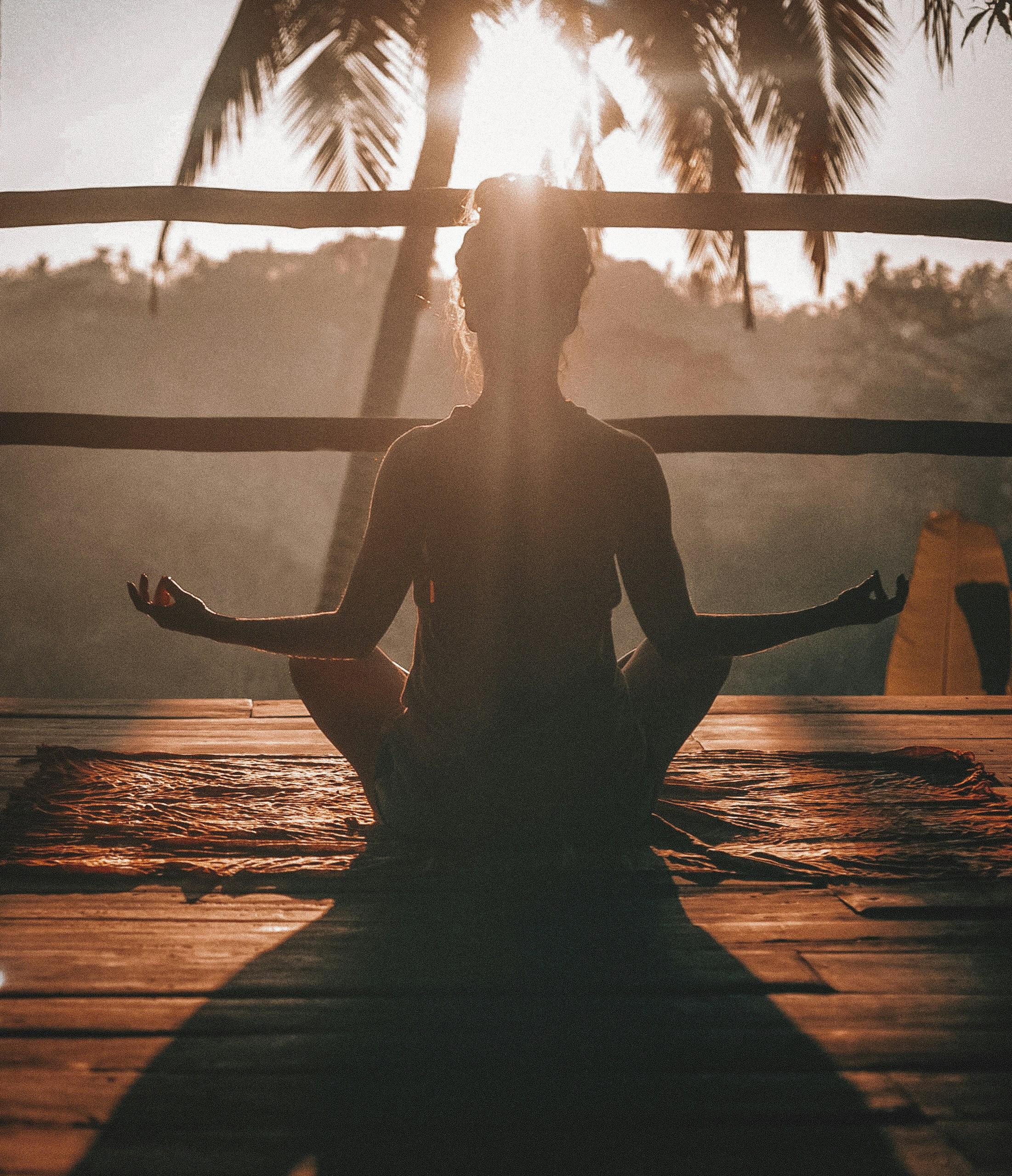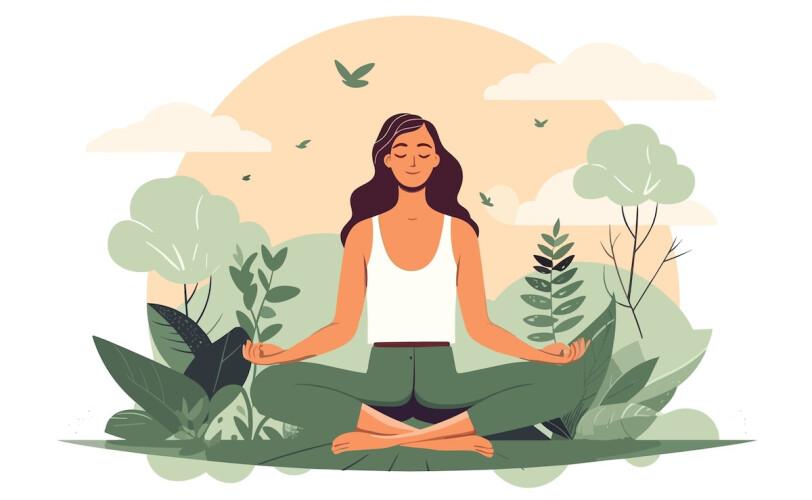In the frenetic pace of modern life, where the cacophony of daily responsibilities often drowns out the whispers of inner peace, the ancient practice of meditation has emerged as a beacon of tranquility. Its promises of serenity and stress relief have captured the imaginations of many, from harried professionals to students grappling with academic pressures. Yet, amidst the allure of this contemplative practice, a question persists: Does meditation truly possess the power to alleviate the burdens of stress, or is it merely a soothing illusion? This article delves into the heart of this inquiry, exploring the science, experiences, and perspectives that surround meditation’s role in the quest for a calmer mind. Join us as we unravel the threads of evidence and anecdote, seeking clarity in the midst of mindfulness.
Exploring the Science Behind Meditation and Stress Reduction
Scientific research has increasingly focused on understanding how meditation impacts the human body, particularly concerning stress. Neuroscientific studies have shown that regular meditation practice can lead to significant changes in brain structure and function. For instance, mindfulness meditation has been associated with increased gray matter density in regions of the brain linked to emotional regulation and self-referential processing. These changes suggest that meditation may enhance the brain’s capacity to manage stress by altering its physiological responses.
Moreover, psychological research provides compelling evidence supporting meditation’s role in stress reduction. Participants in various studies have reported lower levels of perceived stress, improved mood, and enhanced overall well-being. Here are some ways meditation might contribute to stress reduction:
- Activation of the parasympathetic nervous system, promoting relaxation and recovery.
- Decreased production of cortisol, the body’s primary stress hormone.
- Improved attention and focus, reducing the impact of stressors.
- Enhanced emotional resilience, allowing for better coping mechanisms.

Understanding How Meditation Alters Stress Response
Meditation has long been hailed as a powerful tool for stress management, but what is it about this ancient practice that actually impacts our stress response? When we meditate, several physiological and psychological changes occur that contribute to a more balanced state of mind. One of the key effects is the reduction of cortisol levels, the hormone responsible for stress. By engaging in regular meditation, individuals can train their bodies to produce less cortisol, thereby fostering a calmer internal environment. Moreover, meditation encourages the activation of the parasympathetic nervous system, which promotes relaxation and recovery, counteracting the body’s natural “fight or flight” response.
Additionally, meditation enhances mindfulness, allowing individuals to develop a greater awareness of their thoughts and emotions. This heightened awareness can lead to a better understanding and management of stress triggers. Some benefits include:
- Improved emotional regulation
- Enhanced focus and concentration
- Increased resilience to stressors
By cultivating these skills, practitioners can respond to stress more effectively, reducing its overall impact on their daily lives. Ultimately, meditation offers a holistic approach to stress reduction by addressing both the mind and body, creating a harmonious balance that is essential for well-being.

Practical Meditation Techniques for Everyday Stress Relief
Incorporating meditation into your daily routine can be a transformative practice that helps manage the pressures of modern life. While traditional approaches often suggest setting aside large chunks of time, practical techniques can be woven seamlessly into your everyday activities, making stress relief more accessible. Here are a few effective methods:
- Mindful Breathing: Focus on your breath for just a few minutes, inhaling deeply and exhaling slowly. This simple act can anchor your mind, drawing attention away from stressors and into the present moment.
- Body Scan: Take a moment to mentally scan your body from head to toe, acknowledging areas of tension and consciously relaxing them. This practice fosters a connection between your mind and body, promoting overall relaxation.
- Walking Meditation: Transform your daily walk into a meditative experience by paying attention to each step, the sensation of your feet touching the ground, and the rhythm of your breath. This active form of meditation allows you to engage with your surroundings while calming your mind.
These techniques can be easily integrated into your routine, whether you’re at home, at work, or on the go. By prioritizing even a few minutes for meditation, you create a space for peace and clarity, ultimately contributing to a more balanced and stress-free life.

Integrating Mindfulness Practices into Your Daily Routine
Incorporating mindfulness practices into your daily routine can be a transformative journey towards achieving a more serene and balanced life. By weaving simple, mindful activities throughout your day, you can cultivate a sense of calm and presence, even amidst the chaos. Consider the following practices to seamlessly integrate mindfulness into your life:
- Mindful Breathing: Take a few moments each day to focus on your breath. Inhale deeply, hold for a moment, and then exhale slowly. This simple act can anchor your mind and reduce stress.
- Gratitude Journaling: Spend a few minutes each evening jotting down three things you’re grateful for. This practice can shift your focus from stressors to positive aspects of your life.
- Walking Meditation: During your daily walk, pay attention to each step, the sensation of your feet touching the ground, and the rhythm of your breath. This can turn an ordinary walk into a meditative experience.
By integrating these practices, you allow mindfulness to permeate your routine, transforming mundane moments into opportunities for stress reduction and personal growth. The key is consistency and openness to the subtle shifts in awareness that these practices can bring.
Final Thoughts
In the tapestry of human experience, stress weaves itself through the threads of daily life, often leaving us tangled in its grasp. As we have explored the intricate relationship between meditation and stress reduction, it becomes evident that this ancient practice offers more than just a fleeting escape. Meditation, with its roots deeply embedded in mindfulness and awareness, invites us to pause, breathe, and reconnect with the present moment. Whether it’s the quietude of a morning session or the reflective calm before sleep, the act of meditating provides a sanctuary from the relentless pace of modern living.
Yet, as with any practice, its effectiveness varies from person to person, shaped by individual experiences, expectations, and commitments. Some may find solace in the rhythmic ebb and flow of their breath, while others may seek different avenues to unwind. What remains clear is the potential for meditation to be a tool—a guide in the quest for inner peace amid the chaos.
As we close this exploration, let us carry forward the understanding that stress is not a foe to be vanquished but a companion to be managed. Through meditation, we can find a pathway to balance, a way to navigate the storms with a little more grace and a little less turmoil. Whether or not meditation becomes a staple in your stress-relief toolkit, the journey toward tranquility is uniquely yours to chart. And in that journey, may you find moments of clarity, peace, and a deeper connection to the self.
